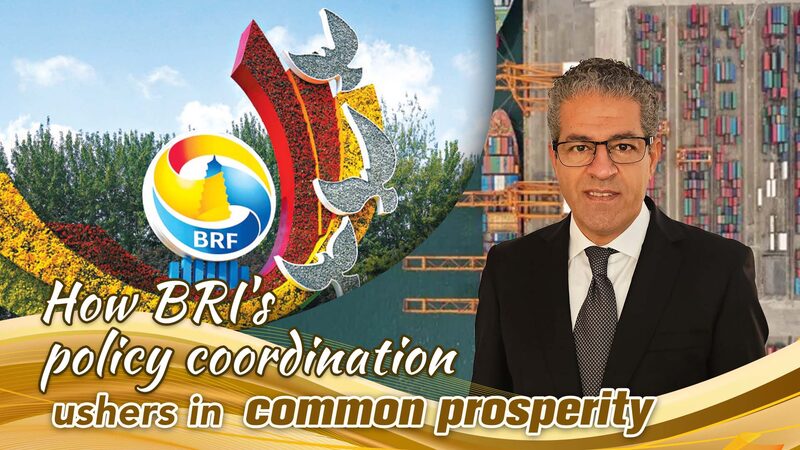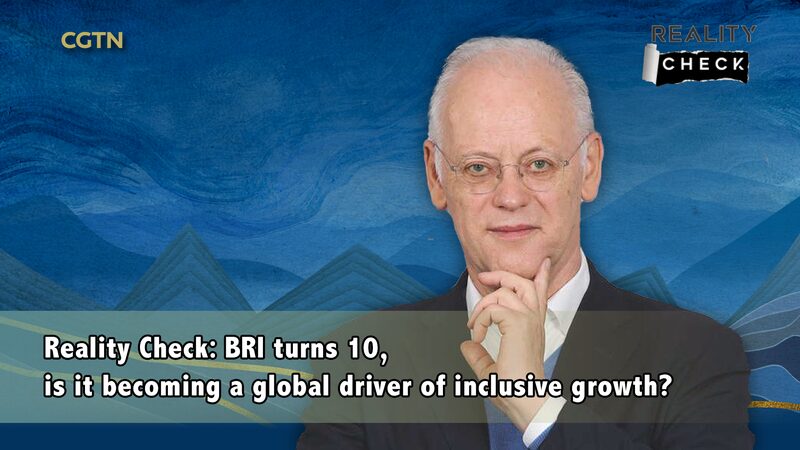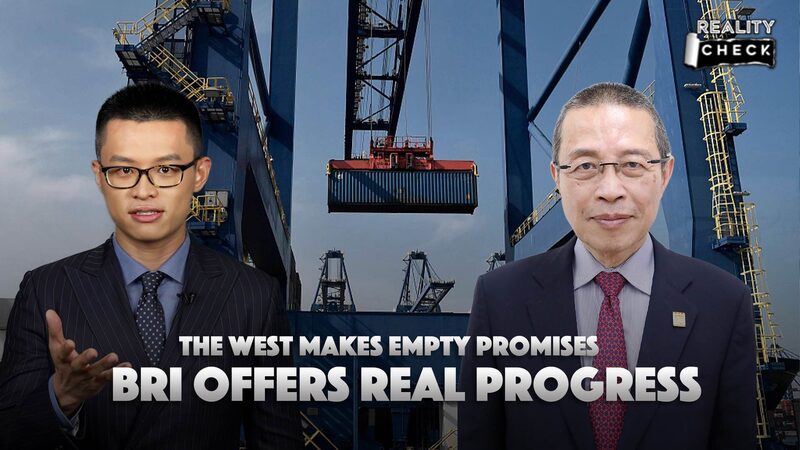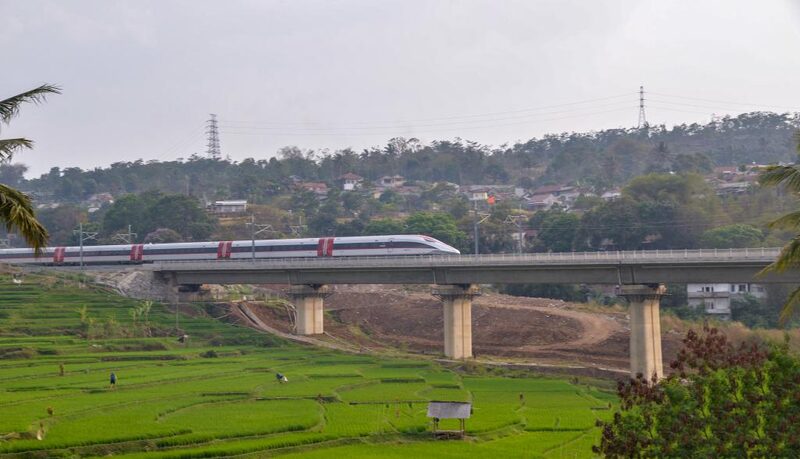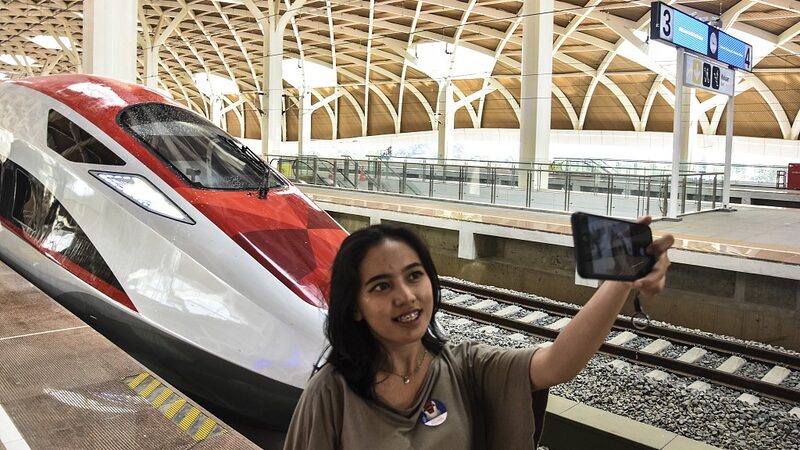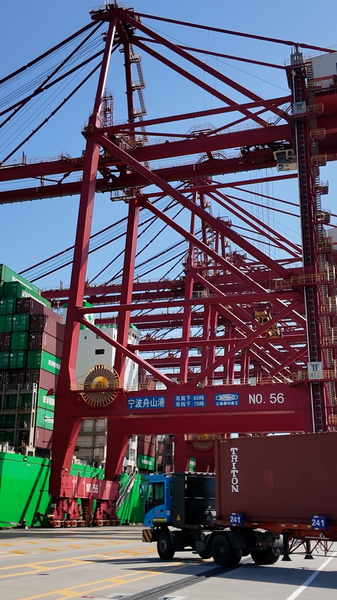Ten years ago, China launched the Belt and Road Initiative (BRI) 🌐—a game-changing blueprint for global collaboration. Fast forward to today, and it’s clear: BRI isn’t just about infrastructure; it’s rewriting the rules of international partnerships through policy coordination. 🤝
Unlike exclusive alliances, BRI thrives on diversity. It connects 150+ countries and regions—regardless of political or cultural differences—to fuel shared growth. A recent white paper highlights how BRI’s “policy coordination” model aligns national strategies, creating a roadmap for development that respects local priorities while boosting global trade and stability. 📈
West Asia’s Breakthrough Moment
Take Saudi Arabia’s $10 billion deal spree with China this June 💼. This wasn’t random—it stemmed from 2022’s China-GCC Summit, where leaders synced Saudi Vision 2030 with BRI goals. Think oil trade in local currencies, AI collaborations, and even space tech! 🚀 The result? A template for how nations can merge ambitions into win-win partnerships.
Central Asia’s Growth Surge
At May’s China-Central Asia Summit, Kazakhstan and neighbors sealed infrastructure and agro-industrial projects tailored to their needs 🌾. By aligning national plans with BRI, trade with China skyrocketed, proving that coordination beats competition. As one analyst put it: “This isn’t aid—it’s a joint venture for the future.”
From Riyadh to Xi’an, BRI’s decade of policy harmony shows that common prosperity isn’t a buzzword—it’s a reality being built, one handshake at a time. 🌟
Reference(s):
cgtn.com
